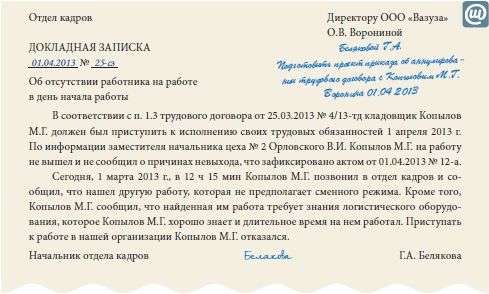Dokladnaya Zapiska Glavnogo Buhgaltera Direktoru Obrazec
Using Power-over-Ethernet to Lower Retrofit LED Lighting Costs By Steven Keeping Contributed By Electronic Products 2016-05-26 The construction of a new building provides architects with an opportunity to embrace new technology to reduce the site’s lifetime carbon footprint. Solid-state lighting’s (SSL) high efficiency and longevity is. Featuring a restaurant, UTR Jagnjilo 1986 is located in Raška, near the highway Raska-Kraljevo. It offers rooms with free WiFi access and has a bar and 24-hour front-desk service.

The construction of a new building provides architects with an opportunity to embrace new technology to reduce the site’s lifetime carbon footprint. Solid-state lighting’s (SSL) high efficiency and longevity is making it the number one choice for lighting in environmentally-conscious projects. Consumer electronics giant Apple, for example, has standardized on LED lighting for all facilities undergoing construction or major renovation. 1 However, fitting SSL to existing buildings brings several challenges. Conventional incandescent bulbs or fluorescent tubes run directly from the AC mains supply. In contrast, LEDs require a low-voltage, constant-current DC supply, so connecting SSL to legacy wiring demands the use of specialized power supplies known as LED drivers. Theses LED drivers add expense, take up space, and generate heat.
But, recently an alternative––which is particularly suited to modern office environments and which could significantly push down the cost of retrofitting SSL––has come to the fore: Power-over-Ethernet (PoE). PoE allows the wiring of a local area network (LAN) to carry both data and power to connected devices. This article explains the advantages of PoE-based LED lighting infrastructure over other wiring systems and describes how designers can implement PoE SSL solutions by taking advantage of the latest generation of wide-voltage input, constant-current LED drivers.
Retrofitting LEDs A typical office environment is dominated by the steady cool-white glow of fluorescent lighting. While fluorescent tubes exhibit reasonable efficacy, averaging 60 to 100 lm/W, their electrical performance has been eclipsed by the latest generation of LED lights.
Even “mid-power” LEDs such as boast an efficacy of 122 lm/W (at 3 V and 150 mA). High-power devices (which are a little more expensive) such as can push out over 150 lm/W (at 2.95 V and 1.05 A). LEDs also boast longer lifetimes than fluorescent tubes. In normal use, an office manager might reasonably expect a fluorescent tube to last around 10,000 hours — LEDs routinely shine for five times as long; and fluorescent tubes do bring some environmental concerns due to the mercury used in the lights.
The amount of mercury is small, but the health effects of this heavy metal are cumulative so careful disposal is required. No such toxic metal issue occurs with LEDs. It’s perhaps of little surprise then that companies such as Apple are keen to switch to SSL to illuminate their operations. Fluorescent tubes operate from an AC mains supply (some tubes can operate from a DC source, but this is unusual) at currents from 400 mA to 1.5 A. In contrast, LEDs operate from a constant-current, low-DC-voltage supply.
Operational characteristics vary from maker to maker, of course, but typically an LED demands a voltage between 2.8 to 3.5 V and a current between 150 mA and 2 A. The operational requirements for a popular high-brightness LED like for example, are a forward voltage of 2.8 V and a current of 700 mA to 1.5 A. LED drivers provide the solution. In addition to voltage regulation, can also interpret control signals to dim and change the color of the emitted light. The devices come in either constant voltage or constant current types. Constant-current drivers support both pulse width modulation (PWM) and constant-current reduction methods for adjusting the output current when dimming the LED. For example, has recently introduced the LED driver.
The product is a continuous-mode step-down (“buck”) voltage regulator, designed for driving single or multiple LEDs from a 7 to 36 V source. LED brightness control is achieved with PWM dimming from an analog or PWM input signal. Output current is up to 1.2 A. Designers match the LED driver to the LEDs based on the application requirements, including factors such as the number of LEDs to be powered, the type of power supplied, and the functional characteristics of the LED. Some LED manufacturers offer “AC LEDs” which can screw straight into the socket vacated by a conventional bulb. The LEDs still have to be driven by a low-voltage DC source with the lighting manufacturer solving the problem by integrating a rectifier and LED driver into the light fixture with the downside of pushing up the unit’s price (See the TechZone article “ ”).
I just identified a great article. By the way, though I was on the lookout for this short article, I discovered that many people order home operates, compositions, papers and essays. Protokol proverki avr zapolnennij obrazec. Maybe an individual else will need to have this knowledge.